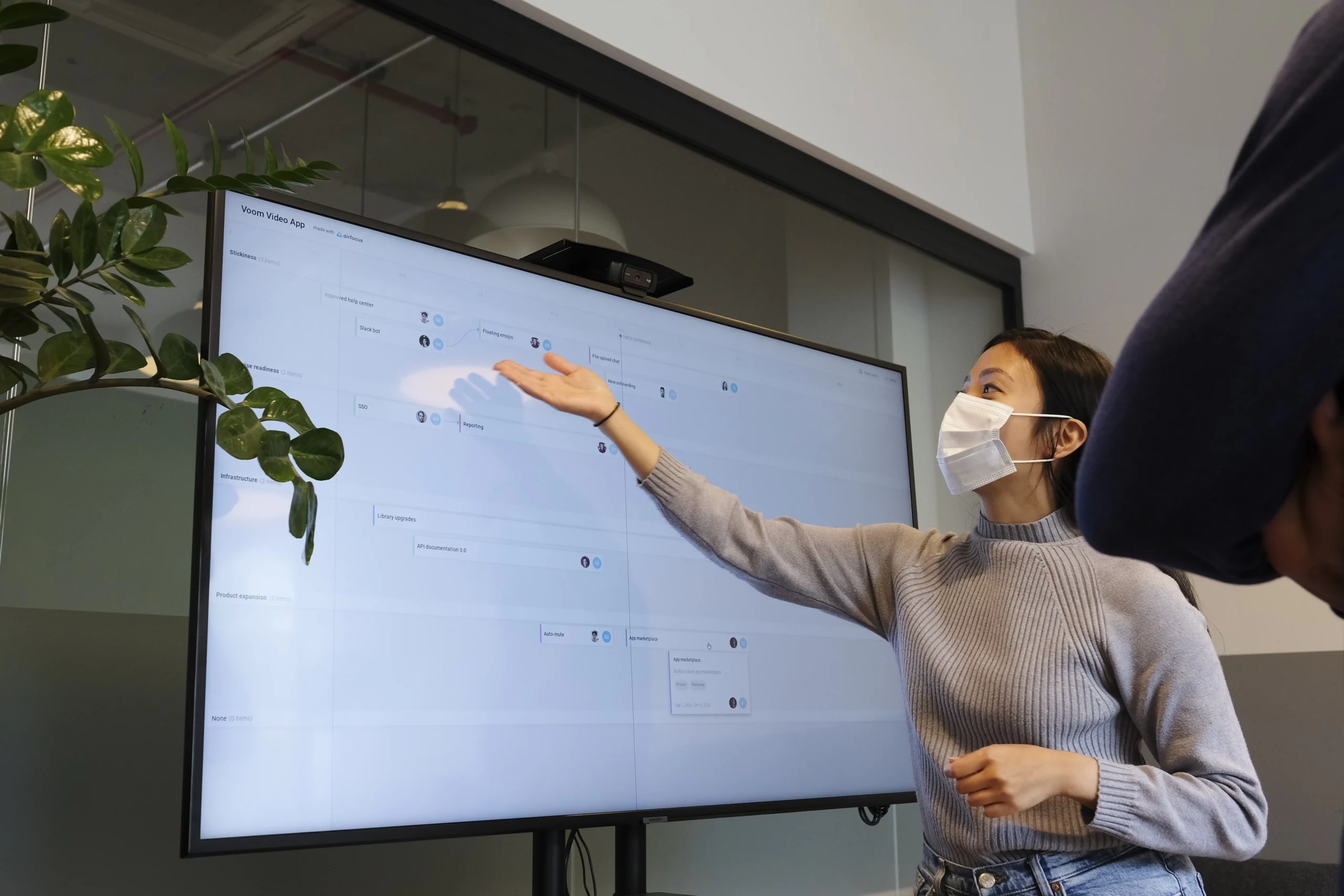Table of Contents
SaaS Sales Funnel: A Unique Structure for Success
Introduction
As you become more deliberate in using your SaaS sales funnel to your advantage, it’s important to understand that the SaaS sales funnel is different from the in other industries. One of the key differences of the SaaS sales funnel vs. other industries is that the customer’s first purchase occurs in the middle of the funnel. This is because SaaS companies rely on recurring revenue for the majority of their income. In SaaS sales, the bottom of the funnel, where the sale usually takes place, is replaced by “retention” with a focus on building each customer’s lifetime value.
The Six Stages of the SaaS Sales Funnel
With the industry’s unique software sales funnel in mind, we can say that prospects entering your SaaS sales funnel will generally move through some or all of these six stages:
1. Awareness
At this stage, prospects have identified a need or pain point and are beginning to look into solutions. They may not have heard of your solution yet. Your company’s website or social media presence usually serves as their first touchpoint in the SaaS customer journey. Online content has a moderate to major impact on their purchasing decisions, so it’s critical that your marketing messaging is on point. Enticing the prospect to share their contact information is also important for follow-up.
2. Interest
At this stage, the prospect has requested more information about your solution. They are curious to learn more but may not be ready to buy. The sales team will make initial contact to understand their needs and convert them to a qualified lead. This is a pivotal point in the sales process as the lead will either progress to the next stage or go cold.
3. Consideration
Prospects in this stage usually have a shortlist of possible solutions and are trying to identify their best option. It’s crucial to position your product as the best fit for their needs through personalized pitches, case studies, and videos. If the sales team senses an intent to buy, the prospect becomes a qualified lead and may progress to a product demo.
4. Decision
At this stage, the prospect is ready to make a decision. They may have bought an initial subscription to your product or are in the negotiation phase. It’s important to optimize this stage for closing deals, discussing pricing and contract terms.
5. Retention
Once the prospect becomes a paying customer, the focus shifts to customer retention. SaaS companies rely on recurring revenue, cross-sells, and upsells to sustain their business. The goal is to increase customer lifetime value and minimize churn.
Optimization Tactics for Your SaaS Conversion Funnel
Now that you know the six stages of the software sales funnel, let’s take a look at how you can optimize and use it to your fullest advantage. These five tactics will help you optimize your SaaS conversion funnel and pull ahead of your competition.
1. Start with Your Marketing Funnel
Building your company’s software sales funnel before it has a SaaS marketing funnel in place is putting the cart before the horse. Your website content should demonstrate how your company has solved problems and contributed to its customers’ success. Optimize your website to appear in search results and showcase your solutions.
2. Align Content with Customer Journey
Use segmented multi-channel messaging to reach the right prospects and establish your company as a subject-matter expert. Tailor your content to meet their needs at each stage of their decision-making process. Focus on problem-solving and demonstrate that your solution is the best fit for their pain points.
3. Personalize Pitches and Demos
Create demos and pitches that directly address your prospects’ pain points. Show them how your product can solve their problems and be the right solution for them. Use case studies and testimonials as social proof to demonstrate the success you’ve achieved for other customers.
4. Targeted Digital Advertising
Targeted digital advertising can provide outstanding ROI. Utilize platforms like LinkedIn to reach B2B clients. Combine targeted ads with a strong content marketing strategy to engage prospects and get your company on their shortlist of solutions.
5. Qualify and Nurture Leads
Taking the time to qualify leads can save time and money in the long run. Identify the most valuable leads and nurture them by engaging, answering their questions, and moving them through the funnel. Nurtured leads are more likely to convert and make purchases.
Measure and Analyze Your Sales Funnel
Tracking and analyzing your sales funnel is crucial for optimizing your conversion rates. Identify where prospects stall in the funnel to improve your messaging, pitch, demo, or negotiation process. Don’t forget to track recurring revenue, cross-selling, upselling, and retention metrics. Understanding these metrics will help you make data-driven decisions to improve customer retention and acquisition.
Conclusion
A well-optimized SaaS sales funnel is essential for success in the software industry. By understanding the unique structure of the SaaS sales funnel and implementing optimization tactics, you can effectively acquire and retain customers. Remember to align your marketing funnel with the sales funnel, personalize your messaging, target your advertising efforts, qualify and nurture leads, and track your funnel metrics. By doing so, you’ll be on your way to becoming a top player in the SaaS industry.
